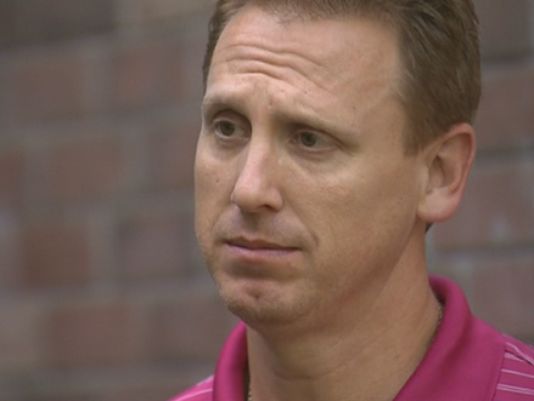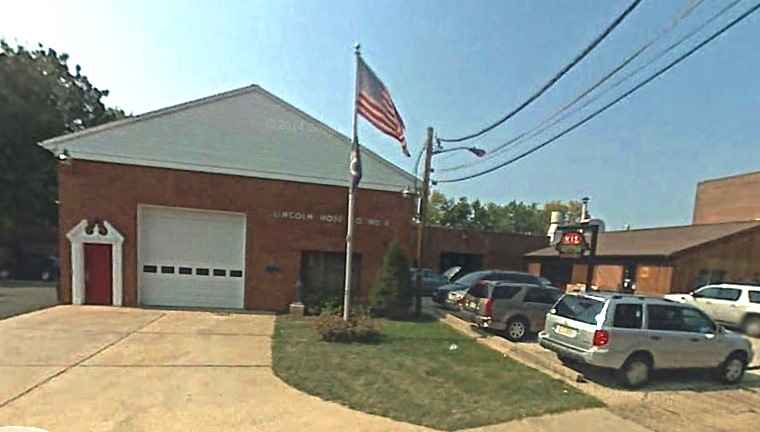DC’s subway system surprises firefighters by turning on third rail power during fire incident
This (Friday) morning, there was another example of why the Federal Transit Administration is taking control of oversight of safety for the problem-plagued subway system serving the Nation’s Capital. Surae Chinn from WUSA-TV in Washington reports that DC Fire and EMS Department firefighters were surprised when third rail power came up and trains started moving while they were still handling a small fire on the track at the Foggy Bottom Station.
Communications between Metro’s Rail Operations Control Center (ROCC) and area fire departments is a decades old problem that Metro fails to seriously address. On the evening of May 10, 1996, I was at Virignia’s Pentagon City Station as Arlington County firefighters investigated an arcing on the tracks that sent a fireball through the tunnel into DC. Firefighters and a battalion chief were quite upset over the difficulty in getting Metro to follow their instruction on shutting third rail power. This greatly delayed the handling of the incident as firefighters were ordered to leave the track area.
Click here if the video above fails to play
Previously:
When will somebody finally address what really killed Carol Glover?
Now, 19-years later, it’s shameful Metro still can’t get it right. Recently, area fire chiefs were able to get Metro to fund a fire department liaison officer to staff Metro’s ROCC part of the day. But that’s hit or miss. Considering the chaos the National Transportation Board found at the ROCC during the deadly January 12 fire at L’Enfant Plaza , a fire department official should be in place any time trains are running.
Debris on a light fixture caused smoke to fill the Foggy Bottom Metro Station on Friday. And although it was an annoyance to riders and a seemingly minor incident, firefighters say it’s yet another wake-up call because power was restored to the third rail before they were ready.
There were no firefighters on the tracks and no one was injured, but firefighters say it’s the sort of minor incident that could turn deadly with bad communication.
D.C. fire quickly got the smoke situation under control, but their work wasn’t done. Communication between Metro’s Operations Control Center (OCC) and firefighters on the ground got a little muddy.
In radio traffic obtained exclusively by WUSA9, you can hear one of the firefighters communicating that he thought the power was off and realizes it’s been turned on.
Dispatch:
Metro Ops: “Copy, just to confirm you are reporting all equipment and personnel are off the track bed at this time.”
Metro Safety: “Affirmative.”But firefighters still needed to clean off debris, the re-energized third rail took crews by surprise.
Dispatch:
Firefighter: “So we are keeping the power to the lights down, however, third rail power has been restored and train movement has commenced on track 2!”
After listening to the tape, Ed Smith, IAFF local 36 president, expressed his concern.
“I’m just shocked, my jaw hits the floor that there is another breakdown of communication, and given the right circumstances that could of seriously injure or kill firefighters operating in that track bed,” Smith said.
Fire and metro began discussing the situation on the platform and then continued the conversation outside.
Dispatch:
Firefighter: “Chief, Metro personnel down here is advising that he got the call from OCC and power was restored at OCC.
Chief, “I’d like you to find out who authorized putting third rail power back up allowing train movement to go back on track 2 without our approval.”
“This is unacceptable and it’s going to lead to somebody getting hurt or killed. I can’t believe everything we’ve been through that were still hearing these horror stories on a day to day basis,” Smith said.
Metro says they are investigating further, but said that only after WUSA9 repeated our inquiry.
Trains were single tracking for nearly an hour and riders were delayed roughly 25 minutes Friday morning.
Firefighters do use a detection device that physically goes on the track to alert power on the tracks, but they say it shouldn’t have to come to that.







